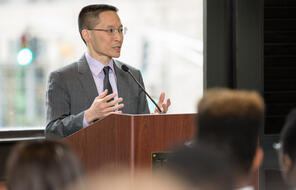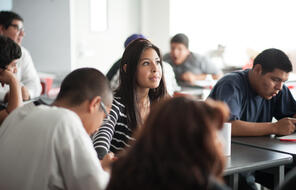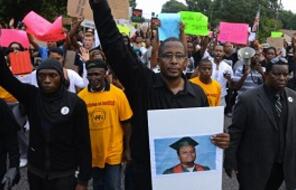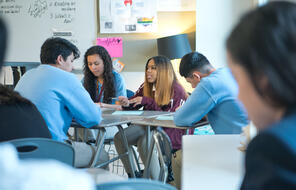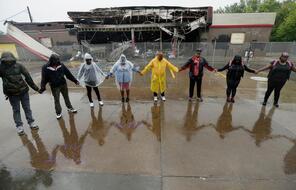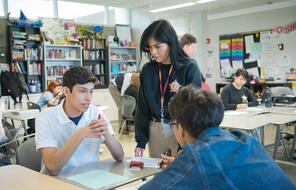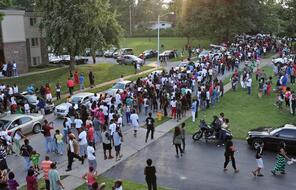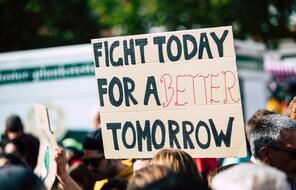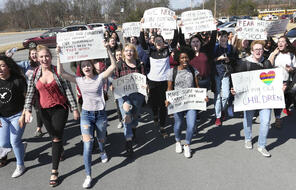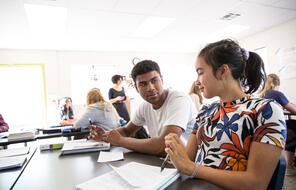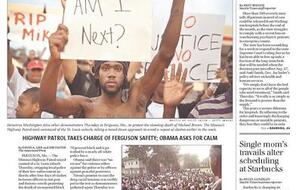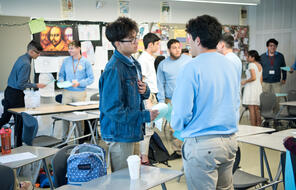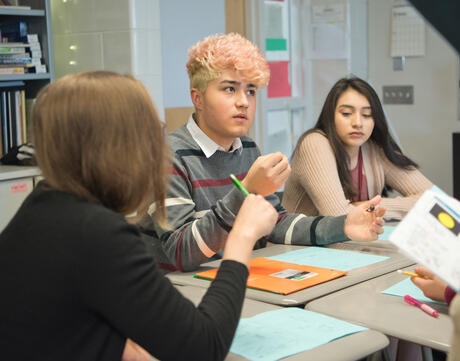
Citizen Power Makes Democracy Work
Duration
One 50-min class periodSubject
- Civics & Citizenship
- History
Grade
8–12Language
English — USPublished
Updated
Overview
About This Lesson
Most people would agree that engaged citizens are essential to a healthy democracy. But what does it mean to be a good citizen, and how do citizens learn to use their power to make change? This lesson invites students to reflect on those important questions using the work of Eric Liu, the founder and CEO of Citizen University. As a “civic entrepreneur,” Liu helps Americans cultivate the values, knowledge, and skills of effective citizenship.
In his book, You're More Powerful Than You Think: A Citizen's Guide to Making Change Happen, Liu argues that literacy in power is essential to making democracy work. He writes, “the reimagining of civics as the teaching and learning of power is so necessary . . . If you don’t learn how to practice power, someone else will do it for you—in your name, on your turf, with your voice, and often against your interests.” In this lesson, we explore these ideas about citizenship, power, and responsibility by listening to and discussing an audio interview featuring an interview with Eric Liu. Then, students watch a short animated video that illustrates Liu’s ideas about the steps that turn protest into lasting change. Finally, students deepen their understanding of citizen power by creating images or, in an optional extension, applying Liu’s ideas to key moments in the US civil rights movement.
Lesson Plan
Activities
Extension Activity
Materials and Downloads
Resources from Other Organizations
Citizen Power Makes Democracy Work
Free Press Makes Democracy Work
Insights on Democracy from South Africa
Additional Resources
Unlimited Access to Learning. More Added Every Month.
Facing History & Ourselves is designed for educators who want to help students explore identity, think critically, grow emotionally, act ethically, and participate in civic life. It’s hard work, so we’ve developed some go-to professional learning opportunities to help you along the way.
Exploring ELA Text Selection with Julia Torres
On-Demand

Working for Justice, Equity and Civic Agency in Our Schools: A Conversation with Clint Smith
On-Demand

Centering Student Voices to Build Community and Agency
On-Demand


